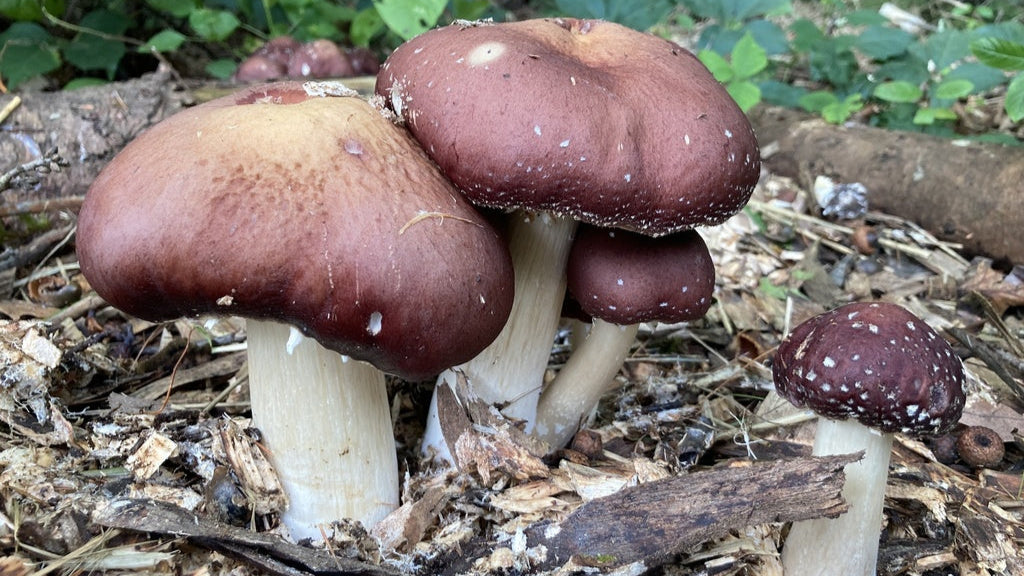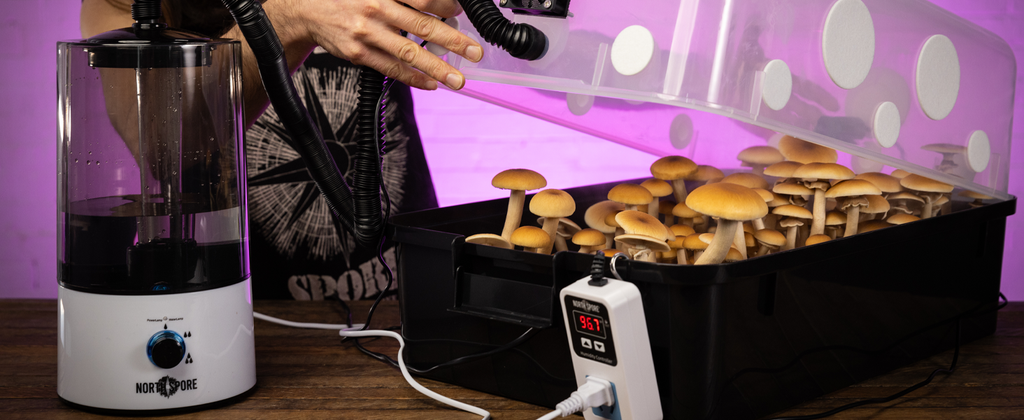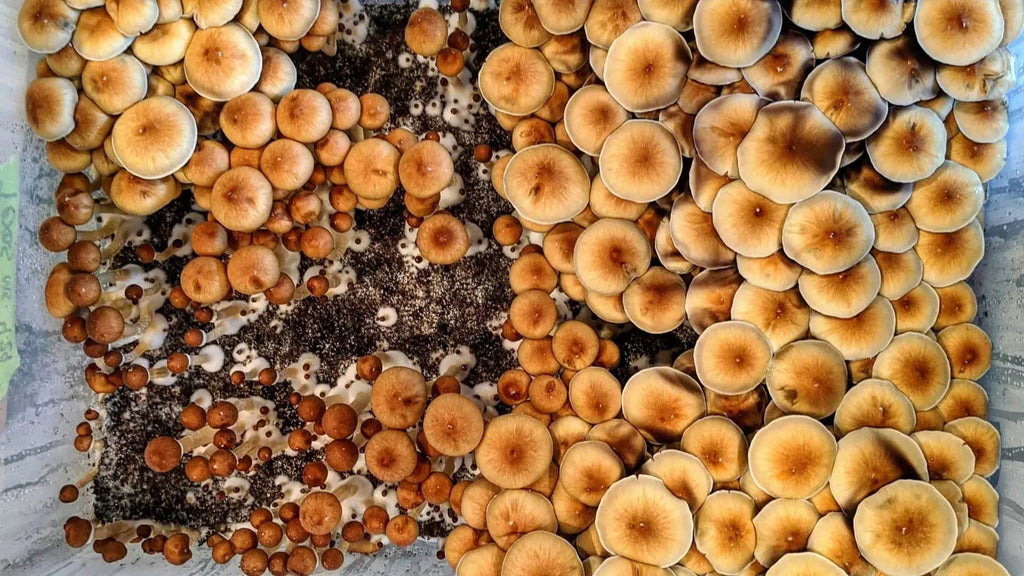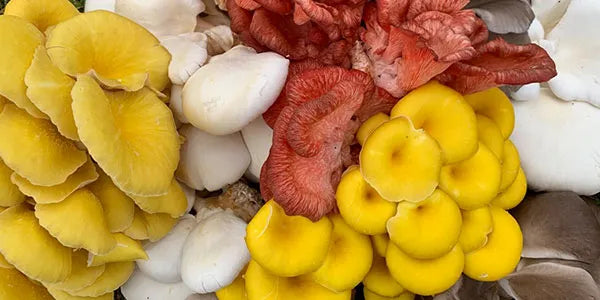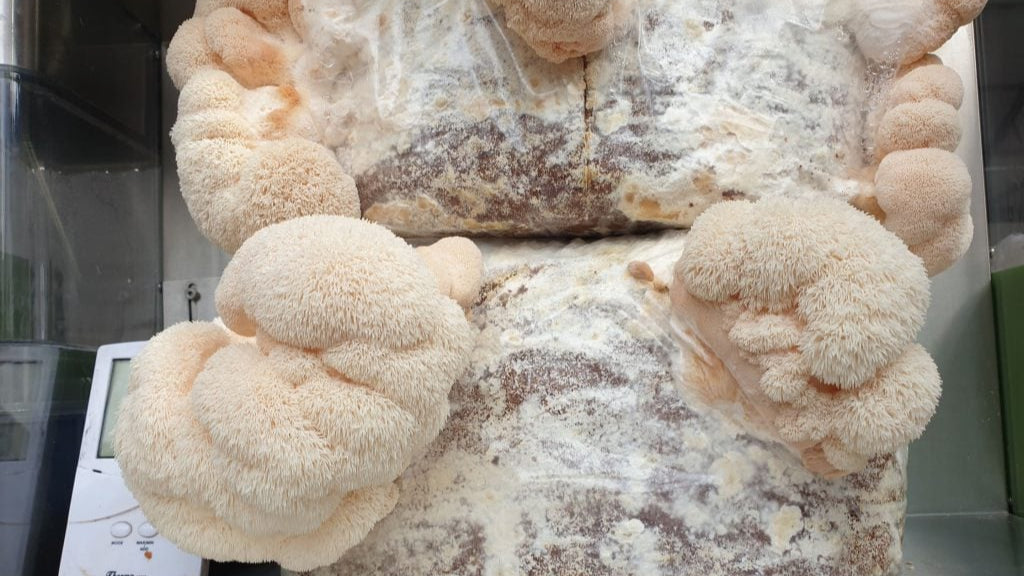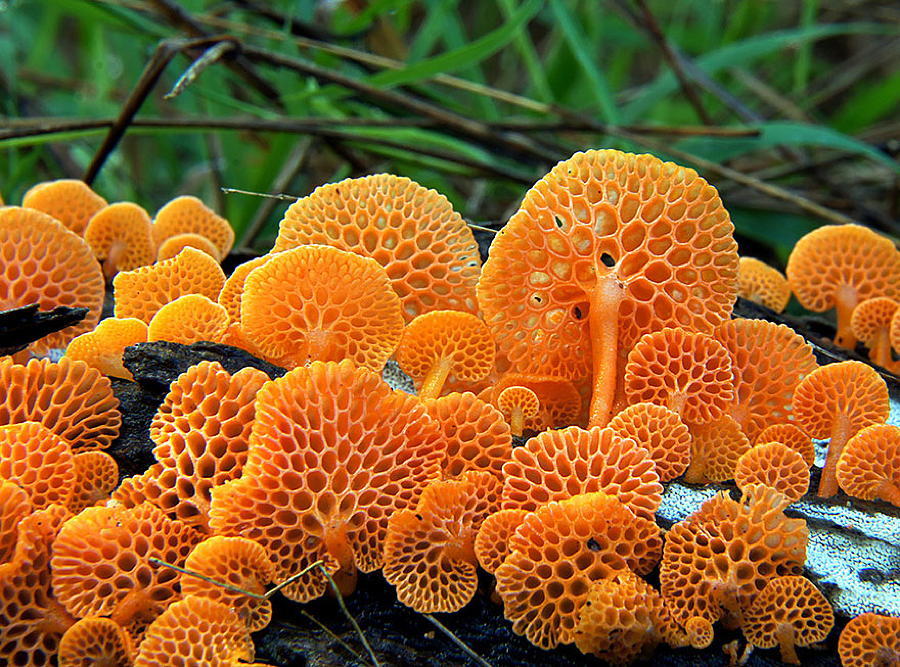
The Most Extreme Environments

Where Life Still Thrives for Mushrooms
When most people think of mushrooms, they picture them sprouting from damp forest floors or nestled in decaying logs. But fungi are far more adventurous than that. Some species have adapted to live in conditions so extreme that they defy our understanding of survival. From scorching deserts to icy tundras, these incredible organisms prove that life can find a way almost anywhere.
1. High-Altitude Alpine Zones
Where: Rocky Mountains, Himalayas, Andes
In the thin, oxygen-poor air above 3,500 meters, temperatures swing wildly between blistering sun and freezing nights. Yet species like Clavaria sphagnicola and certain alpine Mycena persist, thriving in mossy pockets and nutrient-poor soils.
Why They Survive:
Thick, waxy outer layers protect against dehydration.
Ability to absorb and store water rapidly during short thaw periods.
Symbiotic relationships with hardy alpine plants.
Fun Fact: Some high-altitude fungi produce brightly colored fruiting bodies to maximize UV resistance—nature’s sunscreen.
2. Arctic and Antarctic Permafrost
Where: Northern Siberia, Greenland, Antarctic Peninsula
The Arctic and Antarctic might seem lifeless, but beneath the snow, cold-tolerant fungi like Cadophora fastigiata live within frozen soils and plant roots.
Why They Survive:
Antifreeze-like proteins prevent ice crystals from damaging cells.
Metabolism slows to an almost dormant state, conserving energy.
Ability to digest tough organic matter like lichen and moss remains.
These cold-loving fungi have huge implications for climate science because they help recycle carbon locked in permafrost.
3. Scorching Desert Landscapes
Where: Atacama Desert, Sonoran Desert, Australian Outback
In some of the driest places on Earth, fungi survive hidden beneath rocks or inside other plants as endophytes. The Acarospora genus, for example, is found in hyper-arid regions with less than 1 mm of annual rainfall.
Why They Survive:
Colonizing shaded rock undersides to reduce water loss.
Entering long dormancy during dry years.
Partnering with photosynthetic algae to share nutrients.
4. Volcanic Regions and Hot Springs
Where: Yellowstone National Park, Mount Etna, Icelandic geothermal fields
Thermophilic fungi—heat-loving species—can grow in soils heated to over 50°C. Thermomyces lanuginosus, for example, thrives in compost heaps and geothermal soils.
Why They Survive:
Heat-stable enzymes allow them to digest organic matter in extreme heat.
Rapid reproduction during brief moisture events from rainfall or steam.
5. Deep Underground and Inside Caves
Where: Lechuguilla Cave (New Mexico), Movile Cave (Romania)
In perpetual darkness, fungi feed on bat guano, decaying minerals, or even methane. Some species can survive without sunlight for centuries.
Why They Survive:
Ability to break down unconventional nutrient sources.
Adaptation to low-oxygen, high-humidity microclimates.
Why This Matters for Science and Sustainability
Mushrooms and fungi that survive in extreme environments aren’t just curiosities—they’re potential game-changers. Their unique enzymes, survival mechanisms, and symbiotic relationships could inspire breakthroughs in:
Climate change resilience (permafrost carbon cycling)
Biotechnology (heat-stable industrial enzymes)
Medicine (novel antimicrobial compounds)
Agriculture (drought-resistant fungal partnerships with crops)
Final Thoughts
From the icy poles to scorching deserts, fungi show us that life’s adaptability has no limits. The next time you see a mushroom on a forest trail, remember—its cousins might be surviving on a frozen mountaintop, deep in a cave, or beside a boiling hot spring.
If you’re fascinated by these resilient organisms, keep an eye on ongoing extremophile mushroom research—it may hold the key to solving some of humanity’s biggest challenges.

